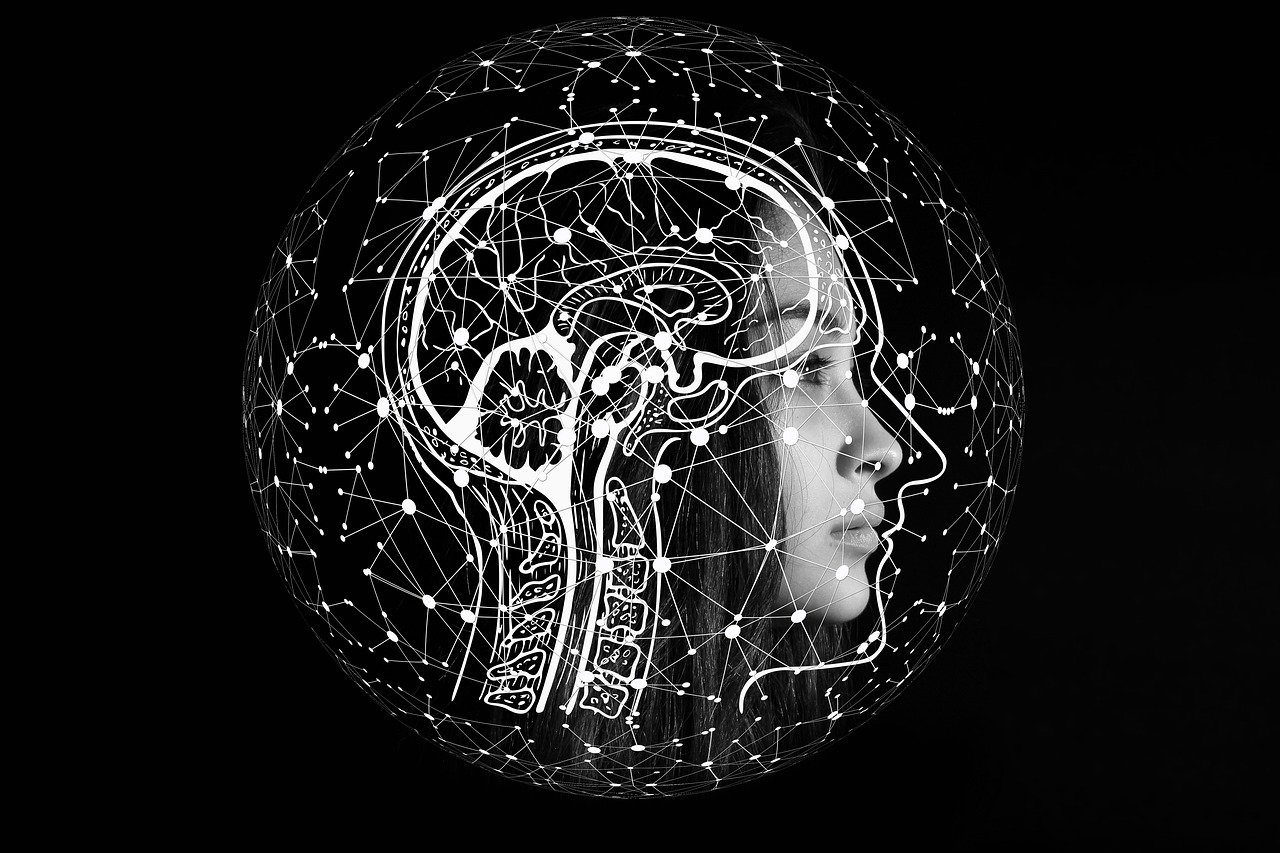General Chair’s Message: the era of AI

We are in the era of AI (Artificial Intelligence) where many human activities are being replaced by or assisted by AI. In fact, the concept of AI was coined in 1956 at the Dartmouth Workshop. However, progress in AI research slowed due to high expectations that didn’t always match the limitations of the technology at that time. This period is known as the “AI winter.” The limitations are the insufficient computing processing power, memory size and speed, availability of data, efficiency of computation, to name a few.
As the technology of integrated circuits is advancing rapidly into nano-scale, all the above mentioned limitations are lifting up one after another, and the sensitivities and type of sensing of electronic sensors are also enhanced with tremendous reduction in their sizes and power consumption. This enables the availability of data, and coupled with the powerful computational power and resources, complex analysis of big data becomes a reality, and with the development of AI algorithms and machine learning/neural network, we are seeing an amazing growth in AI and its applications.
AI’s ability to process and analyze complex data
While nano-technology enables the resurgences of AI, AI also plays a significant role in advancing nanotechnology by enhancing various aspects of research, development, and application. AI’s ability to process and analyze complex data, simulate molecular behavior, and optimize designs makes it an invaluable tool in the advancement of nanotechnology. It accelerates the discovery of new nanomaterials, improves manufacturing processes, and opens up new possibilities for applications across multiple domains. These are just some examples, and a lot more exists and are coming.
In other words, the interplay between AI and Nano-technology can help to perform many tasks that would not otherwise be possible for human in the past due to certain human-limitations. On the other hand, there are also limitations in AI that requires human to come in, such as development of physical models for accurate analysis instead of the data driven models.
We are indeed living in an exciting era where human imaginations and innovation, nanotechnology and AI work together to create unprecedented technology for our societies, our environments, and globally as a whole. This conference started in 2006 where nanotechnology began to spread over the world then, and in this 10th conference, we see the fruits of nano-technology in our daily applications with an additional ingredient of AI.
Such an interplay is crucial, and we cordially invite you to come to this conference to witness the power of this interplay and its future, and to share the outcomes of this interplay from your works so that we all can learn and put together our imagination and innovation to expand further as our imagination and innovation have no limits.